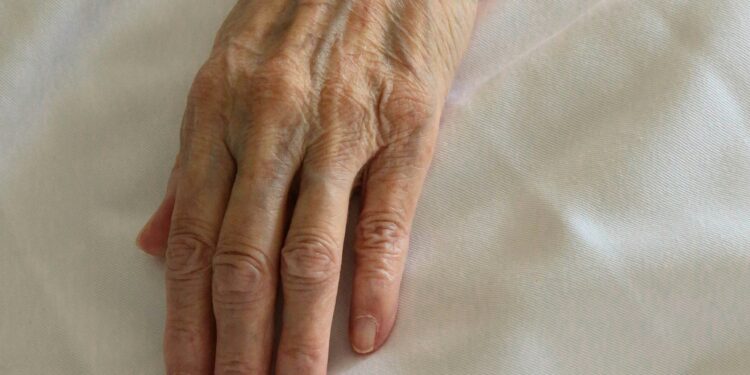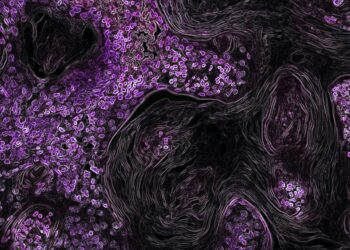Is the key to aging gracefully as simple as a daily vitamin D capsule?
The allure is powerful. A recent study published in The Journal of Nutrition, Health & Aging reported that individuals with higher levels of serum vitamin D were more likely to have longer telomeres—those protective caps at the ends of chromosomes that scientists believe serve as a biological clock for cellular aging.
This finding has reignited public interest in vitamin D, a nutrient traditionally associated with bone health, now reframed as a potential anti-aging agent. But as with many discoveries in the realm of longevity, the data is complex—and so is the hype.
The Telomere Hypothesis: A Primer
Telomeres act like protective shoelace tips for DNA. Each time a cell divides, telomeres shorten, eventually leading to cellular senescence—a state in which cells stop dividing and begin secreting inflammatory compounds. This is why telomere length is widely studied as a biomarker for biological aging.
While many factors influence telomere attrition—including stress, smoking, poor diet, and sedentary behavior—vitamin D’s role is more speculative. Proposed mechanisms include its anti-inflammatory effects, influence on oxidative stress, and impact on immune cell function.
The Study That Sparked the Buzz
The 2024 longitudinal study referenced above followed over 2,000 adults aged 40–79 across multiple demographics. It found a statistically significant correlation between higher serum vitamin D levels and longer leukocyte telomere length. Participants with vitamin D sufficiency (>50 nmol/L) had telomeres that were, on average, 4–5% longer than those with deficient levels (<30 nmol/L).
However, as researchers noted, the study was observational, and correlation does not imply causation. Confounders such as healthier lifestyle habits among vitamin D–sufficient individuals complicate interpretation.
As lead researcher Dr. Olivia Strand stated: “Our findings are promising, but more randomized controlled trials (RCTs) are necessary to determine whether vitamin D supplementation has a causal effect on telomere maintenance.”
What the Broader Evidence Says
Other studies paint a mixed picture. A 2022 meta-analysis in Nutrients reviewed 13 RCTs examining vitamin D’s effects on telomere length. Only four showed significant positive effects. The rest found either no effect or results too weak to draw conclusions.
Part of the problem is variability in dosage, duration, and study design. Some trials use low doses (400–800 IU/day), while others employ therapeutic levels (2,000–5,000 IU/day). Similarly, telomere length measurement methods differ, making comparisons difficult.
Moreover, vitamin D’s impact may be indirect—working through inflammatory modulation or gene expression rather than directly preserving telomeres.
Vitamin D Deficiency Is Still a Public Health Concern
Regardless of its telomere-related promise, vitamin D deficiency remains a well-documented risk factor for a range of health conditions: osteoporosis, immune dysregulation, cardiovascular disease, and even depression.
According to the CDC, nearly 1 in 4 adults in the U.S. are vitamin D deficient. This risk is higher in individuals with darker skin, limited sun exposure, obesity, or certain gastrointestinal conditions.
Supplementation remains a key public health strategy, particularly in northern climates and among aging populations who produce less vitamin D naturally through sunlight.
What Clinicians Are Saying
Healthcare providers are cautiously optimistic. “Vitamin D is safe, inexpensive, and beneficial for many reasons. But it’s not a magic bullet for aging,” says Dr. Alicia Ford, a geriatrician at Stanford University Medical Center. “We still need large-scale interventional trials before recommending high-dose vitamin D solely for telomere protection.”
In practice, many clinicians assess vitamin D levels during annual exams and recommend supplementation as needed—particularly for individuals with fatigue, muscle weakness, or bone fragility.
The Commercialization of Anti-Aging
As with many promising health claims, the supplement industry has been quick to capitalize. Dozens of new “telomere support” formulas have flooded the market, often combining vitamin D with ingredients like ashwagandha, resveratrol, and astaxanthin. While some are evidence-informed, many are underdosed or poorly regulated.
Experts advise caution. The FDA does not pre-approve supplements for efficacy, and labels can be misleading. Consumers should consult with healthcare professionals before starting any anti-aging regimen.
Conclusion: Hope with a Dose of Healthy Skepticism
Vitamin D’s role in cellular aging remains an open question—promising but far from proven. The telomere data adds another layer of intrigue to an already versatile nutrient, but overinterpretation risks setting unrealistic expectations.
For now, maintaining adequate vitamin D levels remains a sound, science-backed goal—linked to stronger bones, better immunity, and potentially slower aging. But like all things in longevity science, it’s one piece of a much larger puzzle.















